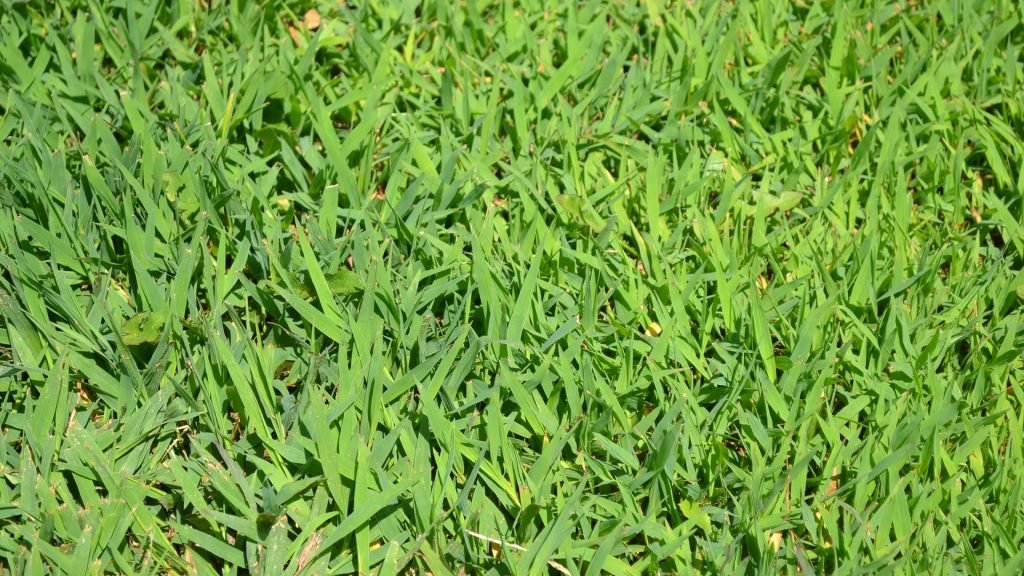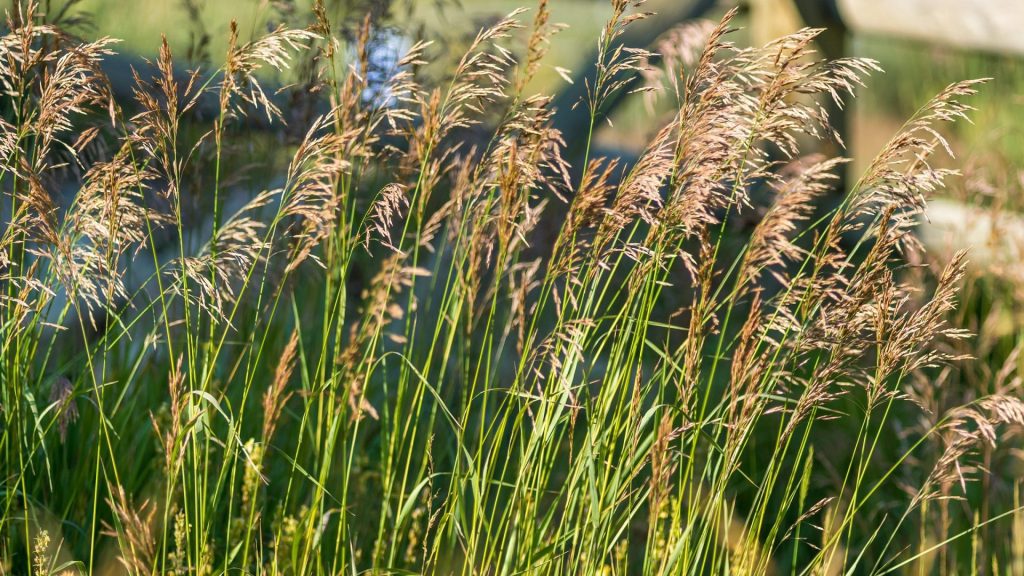
11 Weeds That Look Just Like Grass
Have you ever noticed how it’s not always easy to identify and remove weeds in your lawn? Some types of weeds make this even more difficult because of how they look a lot like grass.
Are weeds bad for your lawn? You should eliminate weeds because they compete with your grass for oxygen, water, and nutrients. They also take up valuable space in the soil, crowding out your beautiful grass. Don’t let them fool you by hiding out in your lawn.
Here are 11 types of weeds that look just like grass.
11 Weeds That Look Like Grass
Annual Bluegrass

This is a common weed that looks a lot like the surrounding grass. It’s a cool-season weed with canoe-shaped leaf tips that’s attracted to moist conditions.
Annual bluegrass becomes brown when the temperature increases during the summer. You’ll usually find this type of weed in shady, wet areas of your lawn.
You can further identify annual bluegrass by how it has a brighter green color than the rest of your lawn. It also usually grows taller than the surrounding grass blades.
Another way in which it varies from grass is that annual bluegrass grows in clumps instead of individual blades.
Crabgrass
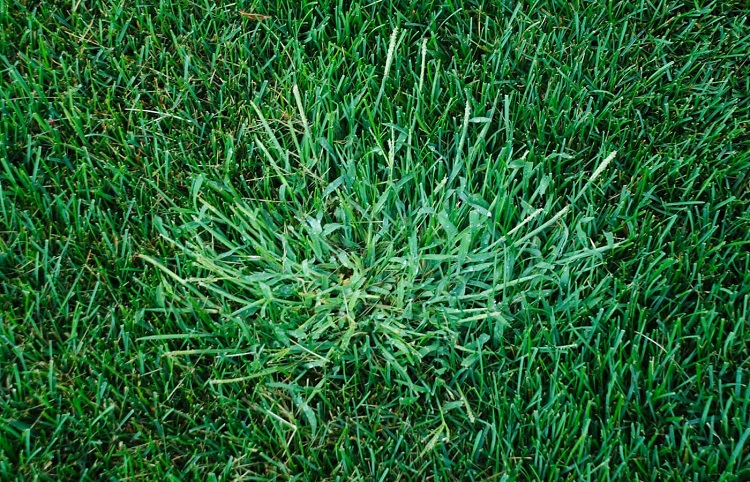
Crabgrass is a type of weed that can be difficult to spot because it adapts to various growing conditions. Crabgrass is mainly drawn to bare, sunny spots in the garden, though.
It’s a weed that germinates quickly and gets a headstart on competing weeds, but it can sprout at any time during the warm growing season.
While it looks like grass, you can identify crabgrass by how its leaf blades are wider and they have a fold running down the middle. The blades can grow from different areas on the stem instead of from one point. They also grow faster than the grass on your lawn after you’ve mowed it.
Nutsedge

This type of weed can be seen during the summer, and it usually has bright yellow-green leaves or dark green leaves. If you leave it to grow, it will become tall and create spiky clusters of flowers.
You can differentiate nutsedge from surrounding grass because its stems are triangular in shape. By comparison, blades of grass have round stems.
You’re likely to find nutsedge in wet lawn areas where there’s poor drainage. This can cause the weed to spread quickly, so make sure you have well-draining soil in your property.
Rough Bluegrass
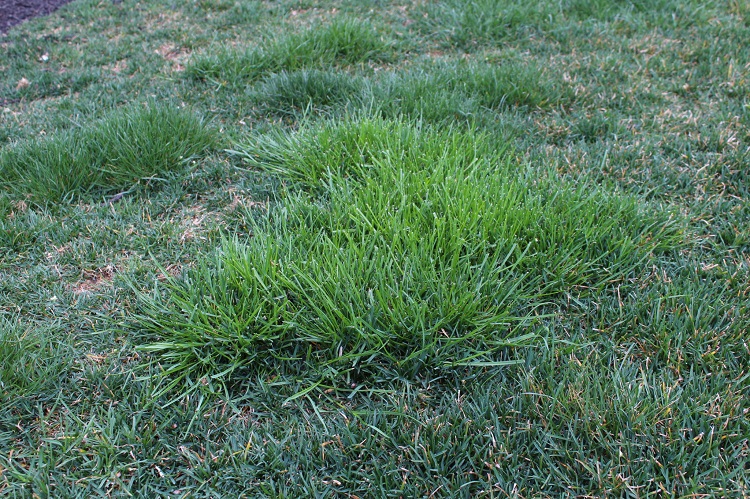
This is another type of bluegrass that’s commonly mistaken for lawn grass. A reason for this misconception is that rough bluegrass is sometimes used as a lawn grass for golf greens.
In your lawn, however, rough bluegrass should be avoided because it’s highly aggressive. It grows in the season of fall, which is also when it begins to spread. It suffocates grass and then dies in the hot summer, leaving unattractive bald spots in your lawn.
It’s difficult to spot this weed in your lawn because it looks a lot like bentgrass and it’s also part of the annual bluegrass family. However, it’s got lighter leaf blades – check for its pale yellowish-green color with a reddish hue during dry conditions.
Common Couch
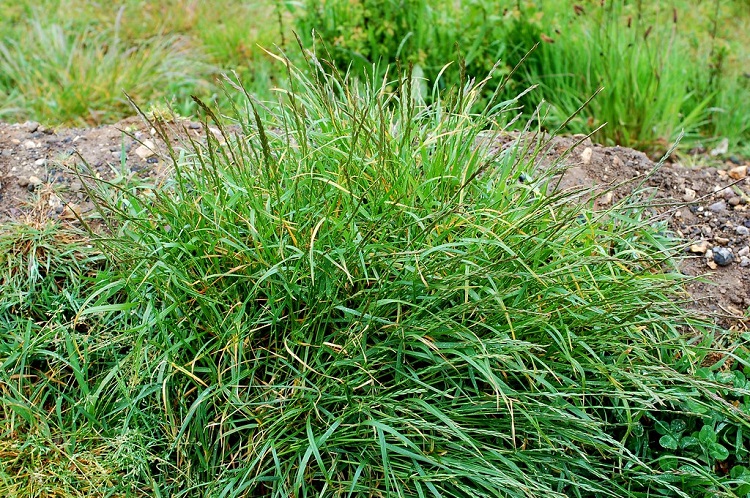
This type of weed is sometimes called quackgrass. It’s a perennial type of weed that can thrive in both shady and sunny conditions, so it’s highly durable. It’s attracted to unhealthy lawns that have bare patches. Keeping your lawn in excellent condition will help to repel the common couch.
You can spot a common couch by checking for any bare or sparse patches in your lawn that contain blue-green grass. Common couch also has leaves that look like fingers growing around stems.
Yellow Salsify
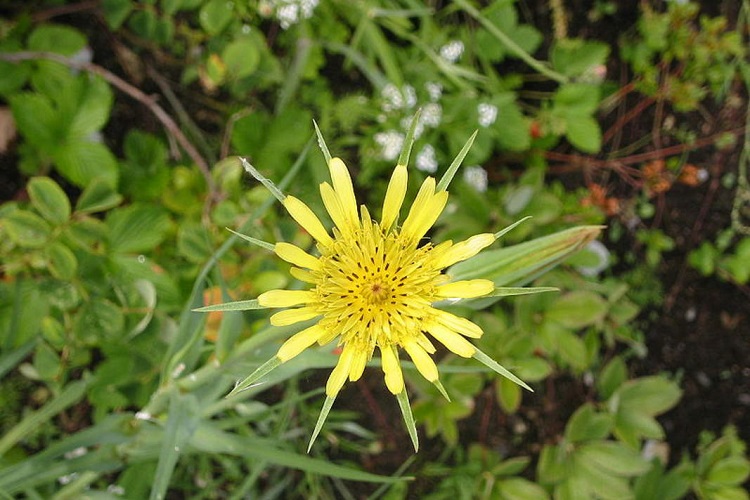
Although this weed used to be common in central and southern Europe, as well as some parts of Asia, it can also be found in North America. Yellow salsify thrives in sunny conditions.
It’s a bit easier to spot than other types of grass-like weeds in the garden because it grows yellow flowers. If, however, you’re trying to identify it before it blooms, you’ll see it has green-gray leaves.
Again, make sure you keep your lawn healthy so that this weed won’t be able to set down its roots.
Foxtails (yellow and green)

These weeds look like grass but don’t be fooled by their cute name!
They’re very invasive because they contain hundreds of seeds that will spread throughout your garden and lawn, damaging and killing off your grass. If your lawn is healthy and thick, foxtails won’t be able to develop.
If you’re already dealing with foxtail weeds, you’ll be able to identify them in your grass by taking a closer look.
Yellow foxtail has some hairs on the upper part of its leaves, while green foxtail doesn’t have any hairs – it’s got a smooth upper leaf surface. Both green and yellow foxtail can grow to between one and three feet in length.
Smooth Bromegrass
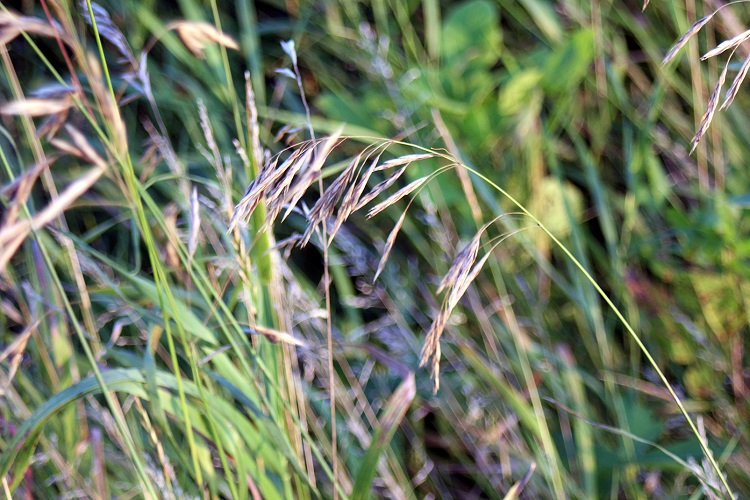
This type of weed can quickly take root in your lawn and become invasive. This is thanks to its dense root system, and it also spreads via rhizomes.
If smooth bromegrass has started growing in your lawn, you’ll identify it by how it can reach up to between three and seven feet in height. It has long leaves that droop, and these can be between eight and 20 inches in length. They’re also covered in very fine hairs.
Path Rush
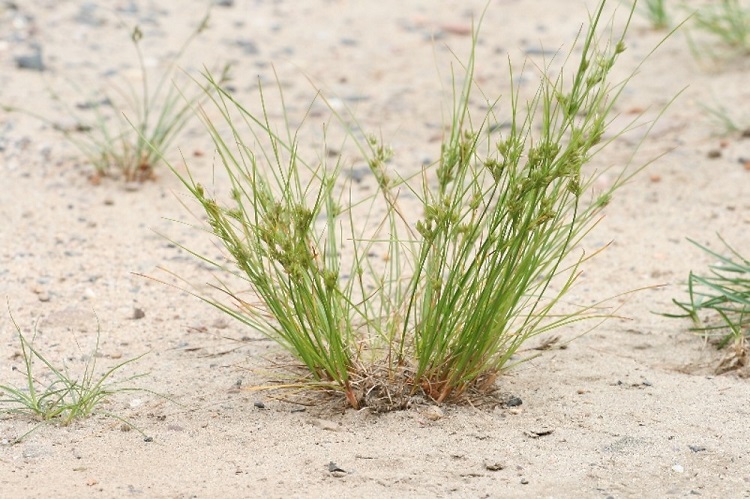
This type of weed is sometimes called field rush, slender rush, or slender yard rush. It can spread underground, which is why it’s so sneaky and invasive, as well as difficult to eradicate. A good tip is to keep your lawn grass short so that path rush can’t send out its seeds.
This is especially important because this weed has a glue-like substance that’s thick and covers its seeds so that they can stick to grass!
In its early stages of life, path rush shows up in the garden as grass-like clumps. Its leaves grow from the base of the plant and its stems are partly covered by sheaths. It also has dark green and thin leaves.
Creeping Bentgrass
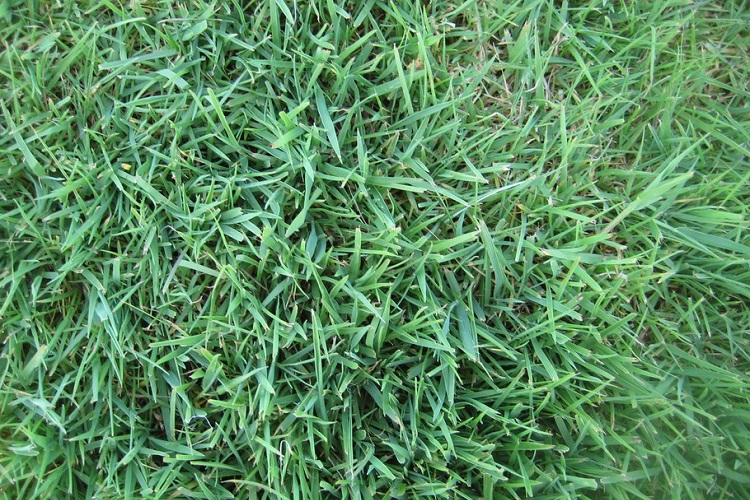
This is actually a type of perennial grass that can be planted on putting greens and golf courses. But, in lawns, it can be quite invasive. It appears as light patches in your lawn and turns brown during hot summers.
If you let creeping bentgrass grow on your lawn, you’ll notice that when it grows taller than an inch it will begin to look puffy.
Creeping bentgrass is a low-growing grassy weed that’s got fine blades. Hence its name, it creeps or spreads via long stolons. It has narrow blades that are veined, flat, and rough along the edges.
Goosegrass
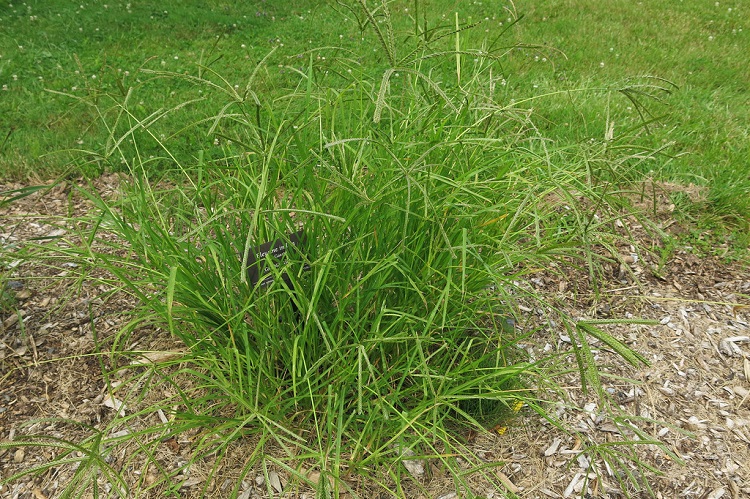
Goosegrass gets its name because its strands look like a goose’s foot when they spread out. It loves areas of the lawn where there’s lots of sunshine and the soil is compacted. Make sure you keep your soil aerated and well-draining so that you keep goosegrass away.
You can spot goosegrass by how its strands at the top can appear in groups of 10 or less. Its blades have a bit of serration around the edges.
What makes goosegrass so harmful to your lawn is that it can severely affect how good it looks. It has thick leaf blades that are not easy for your lawnmower to cut so you’ll end up with a ragged lawn.
Related Questions
Can you kill weeds with vinegar?
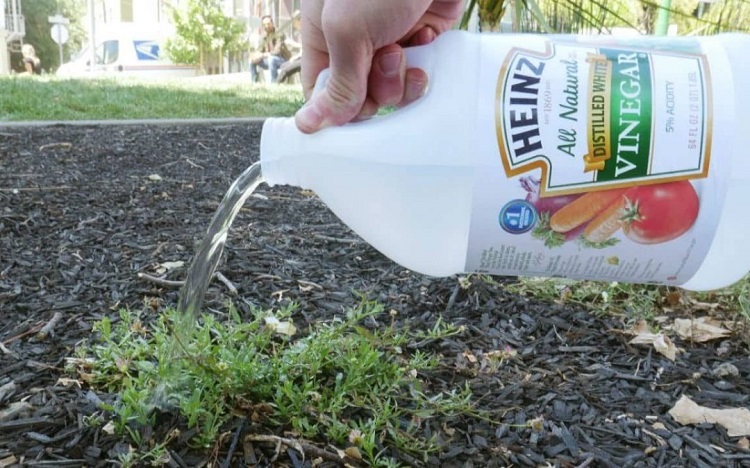
You can use vinegar mixed with dish soap to kill weeds. This is because the vinegar contains acetic acid that draws out water from the weed so that it dries up. Keep vinegar away from other plants and grass as it will kill them.
Can you use boiling water to kill weeds?
Pouring boiling water over your weeds will help to kill them, but be careful not to get it on the surrounding grass.
Conclusion
If you’re dealing with weeds in your lawn, you might find it frustrating to eliminate them because so many weed species look like your regular grass. In this article, we’ve looked at 11 types of weeds that look like grass and how to spot them so that you can remove them for good.
Resources:

